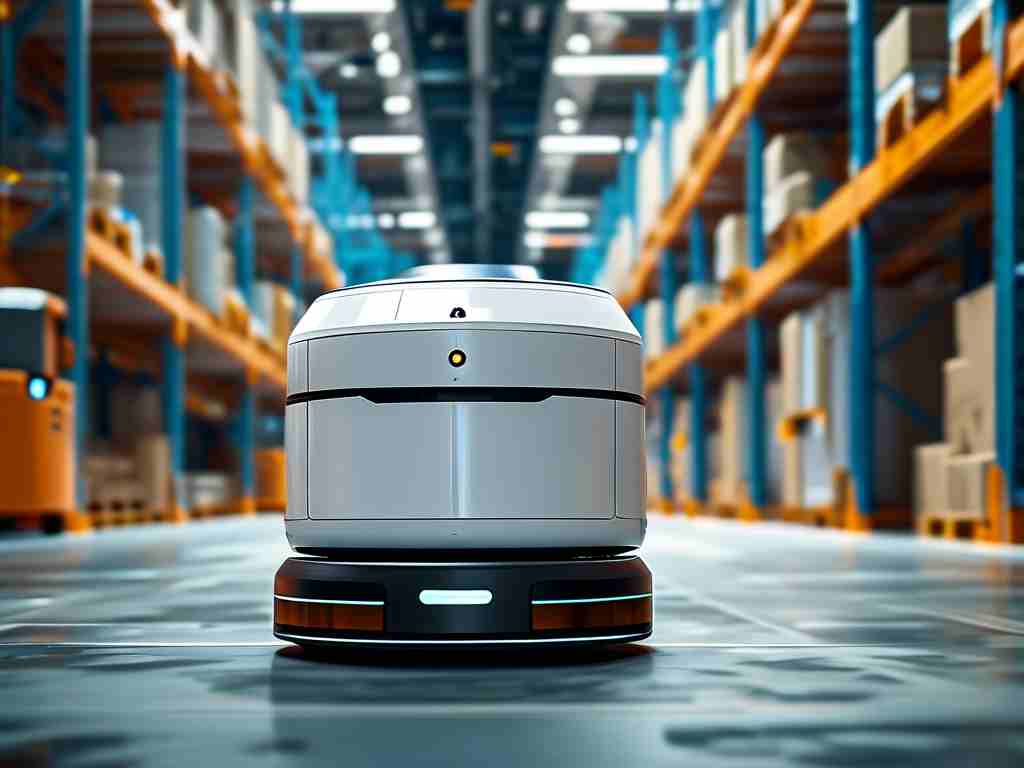The evolution of digital infrastructure demands robust solutions for deploying software across distributed systems efficiently. Large-scale automated software deployment has emerged as a critical enabler for enterprises seeking agility, consistency, and error reduction in their workflows. This article explores practical frameworks and technical approaches to implement automation at scale while addressing common challenges.

The Need for Automation in Modern Deployments
As organizations expand their IT ecosystems, manual deployment processes become unsustainable. Human-driven workflows introduce delays, configuration drift, and version mismatches—especially when managing thousands of servers or cloud instances. Automated deployment pipelines eliminate these bottlenecks by standardizing environment setup, dependency management, and release cycles. For example, a multinational e-commerce platform reduced deployment failures by 72% after adopting automated rollback mechanisms and pre-flight validation checks.
Core Components of an Automated Workflow
-
CI/CD Pipeline Orchestration
Modern tools like Jenkins, GitLab CI, or ArgoCD enable teams to create multi-stage deployment workflows. A typical pipeline includes code compilation, vulnerability scanning, containerization, and canary releases. For instance:# Sample GitLab CI configuration for Kubernetes deployment deploy_production: stage: deploy script: - kubectl apply -f kubernetes/manifests only: - main
-
Immutable Infrastructure Patterns
Using tools like Terraform or AWS CloudFormation, teams can codify infrastructure requirements. This approach ensures identical environments across development, staging, and production, reducing "works on my machine" conflicts. -
State Management Solutions
Configuration management tools (Ansible, Chef) maintain system consistency. A retail chain achieved 99.8% deployment accuracy by implementing Ansible playbooks to enforce OS-level settings across 15,000 point-of-sale devices:# Ansible playbook snippet for firewall configuration
- name: Configure base firewall
hosts: pos_terminals
tasks:- ufw:
rule: allow
port: "{{ item }}"
loop: [22, 443, 9090]
- ufw:
Addressing Scale-Related Challenges
While automation delivers significant benefits, large implementations face unique hurdles:
-
Network Latency Mitigation
Geo-distributed systems require smart artifact distribution. Content Delivery Networks (CDNs) and peer-to-peer protocols like BitTorrent accelerate package dissemination. A video streaming service cut deployment times by 40% using a hybrid CDN-P2P model. -
Security Compliance Automation
Integrating security checks into deployment pipelines prevents vulnerabilities from reaching production. Open-source tools like Trivy or commercial solutions like Aqua Security scan container images during the build phase. -
Rollback Complexity
Automated rollback strategies must account for database migrations and stateful services. Blue-green deployments and feature flags enable safe reversions without service interruption.
Metrics-Driven Optimization
Successful teams monitor key performance indicators (KPIs) to refine their deployment processes:
- Mean Time to Recovery (MTTR)
- Deployment Frequency
- Change Failure Rate
A financial services provider improved MTTR by 68% after implementing real-time monitoring with Prometheus and Grafana dashboards that track deployment health metrics.
Future-Proofing Deployment Architectures
Emerging technologies are reshaping automation landscapes:
- AI-Driven Predictive Scaling
Machine learning models analyze traffic patterns to pre-provision resources before deployment waves - Edge Computing Integration
Fog computing frameworks enable localized updates for IoT devices with intermittent connectivity - Blockchain-Based Auditing
Immutable ledgers provide tamper-proof deployment records for compliance-sensitive industries
By combining established tools with innovative approaches, organizations can build deployment systems that scale effortlessly while maintaining reliability. The key lies in designing flexible pipelines that adapt to evolving technical requirements without sacrificing stability.









